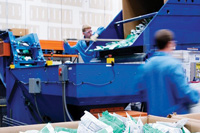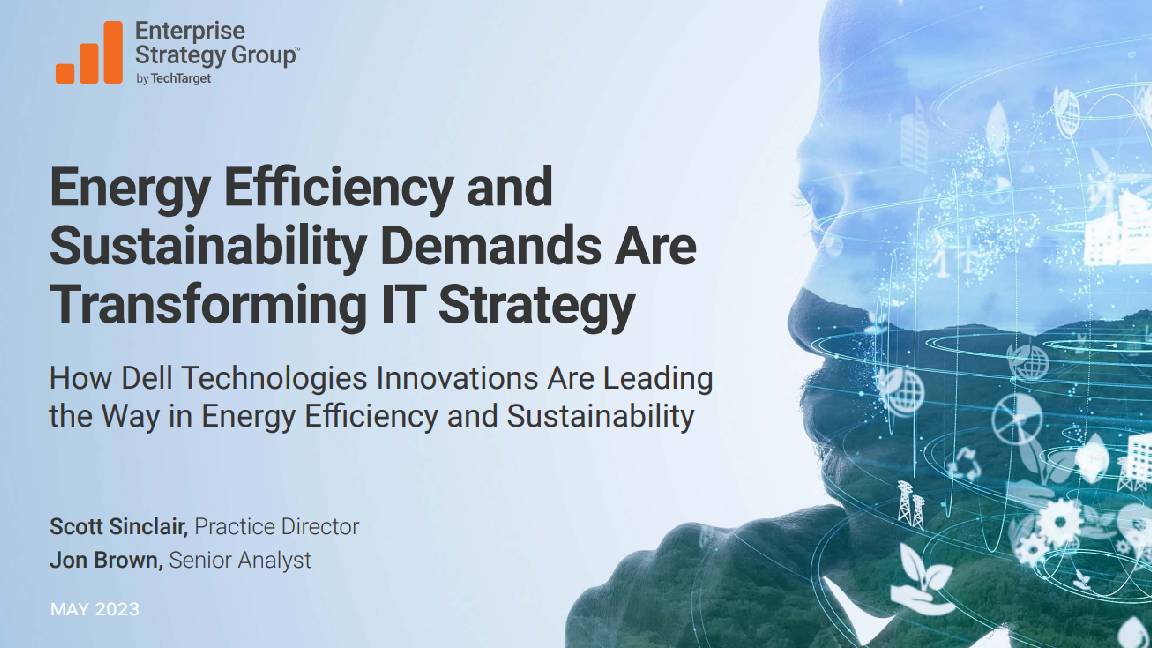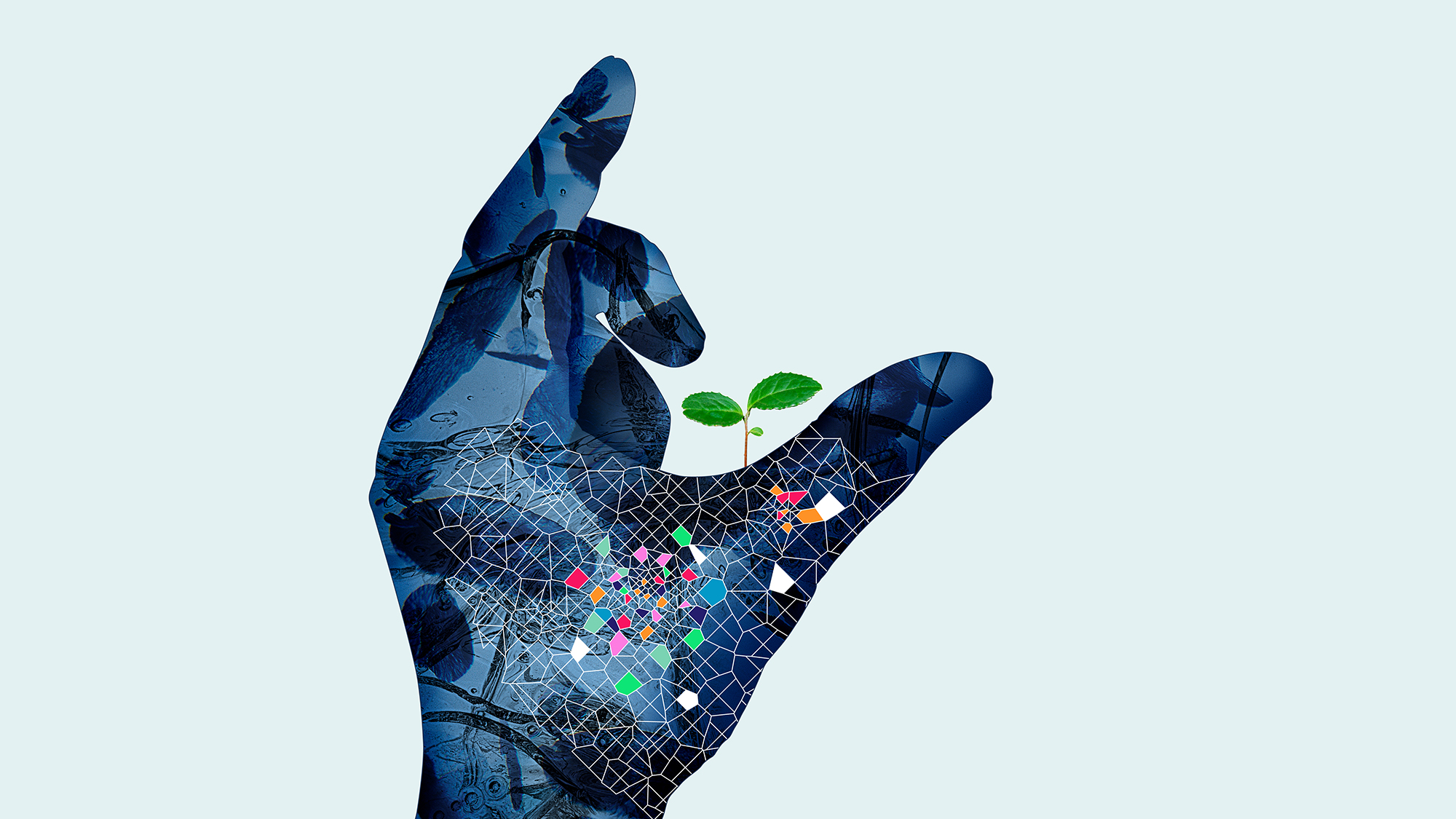HP: cleaning up IT’s dirty little secret
Matt Chapman talks to HP about its recycling efforts and how they have evolved since the early days.

Dean Miller, programme lead for worldwide inkjet supplies recycling at HP, says innovation hasn't always come easily. "There was no off-the-shelf equipment available and there was no catalogue for this equipment. And so we had to look to innovation from a number of areas," Miller says.
"HP began taking back inkjet cartridges in 1997 and the manager I work for today actually provided a washing machine that was used for the first rinsing of recycled plastics. And the envelope removal equipment that we are using in North America was developed out of designs from the agriculture industries. We're pulling off envelopes using a similar method to the way corn is shucked in automated corn-processing plants. The sorting in the US also uses an X-ray system that came from the food industry."
Understandably, HP's recycling attempts took a slow but steady path towards the current plants based around the world.
Miller says it took four years for the development of the reclaimed PET plastic to reach a stage where in 2004 it could be integrated into the first product. However, that wasn't back into an inkjet cartridge. "The first product was a small internal part on an HP scanner. It wasn't until 2005 we got the first cartridge qualified using the recycled PET material," he reveals. Today's products have come a long way by comparison. "We're not just taking the plastic and reusing it and seeing the properties diminish over time," Miller adds. "Each time we create a new batch of material we bring the properties back up to the original state. We've done studies up to seven iterations and have seen no degradation whatsoever."
Sign up today and you will receive a free copy of our Future Focus 2025 report - the leading guidance on AI, cybersecurity and other IT challenges as per 700+ senior executives
-
 Cyber resilience in the UK: learning to take the punches
Cyber resilience in the UK: learning to take the punchesColumn UK law now puts resilience at the centre of cybersecurity strategies – but is legislation simply catching up with enterprise understanding that resilience is more than just an IT issue?
-
 CISPE claims European Commission gave Broadcom a ‘blank cheque to raise prices, lock-in, and squeeze customers’ with VMware deal
CISPE claims European Commission gave Broadcom a ‘blank cheque to raise prices, lock-in, and squeeze customers’ with VMware dealNews Cloud providers have issued a formal response to the General Court of the European Union after the Commission defended its approval of the deal
-
 Beyond the upgrade: How to maximize IT investments and minimize waste
Beyond the upgrade: How to maximize IT investments and minimize wasteHow to maintain optimal performance and productivity with your fleet of hardware and stave off the next upgrade cycle for a bit longer
-
 Energy efficiency and sustainability demands are transforming IT strategy
Energy efficiency and sustainability demands are transforming IT strategywhitepaper How Dell Technologies innovations are leading the way in energy effiency and sustainability
-
 Energy efficiency and sustainability demands are transforming IT strategy
Energy efficiency and sustainability demands are transforming IT strategywhitepaper How Dell Technologies innovations are leading the way in energy effiency and sustainability
-
 Your guide to smarter printing: 2024 edition
Your guide to smarter printing: 2024 editionWhitepaper Making smarter printing simple for all businesses
-
 How to empower employees to accelerate emissions reduction
How to empower employees to accelerate emissions reductionin depth With ICT accounting for as much as 3% of global carbon emissions, the same as aviation, the industry needs to increase emissions reduction
-
 How much say does IT really have in sustainability initiatives?
How much say does IT really have in sustainability initiatives?ITPro Network Vendors are ready to proclaim their green credentials, but as members of the ITPro Network explain, making changes on the ground can be complex
-
 ESG: Designing the ideal digital work experience for the next generation of innovators
ESG: Designing the ideal digital work experience for the next generation of innovatorsWhitepaper What users want, why it's critical to give it to them, and how the whole organization can benefit
-
 A guide to ESG reporting frameworks
A guide to ESG reporting frameworksWhitepaper Guidelines to assist with your approach to ESG reporting